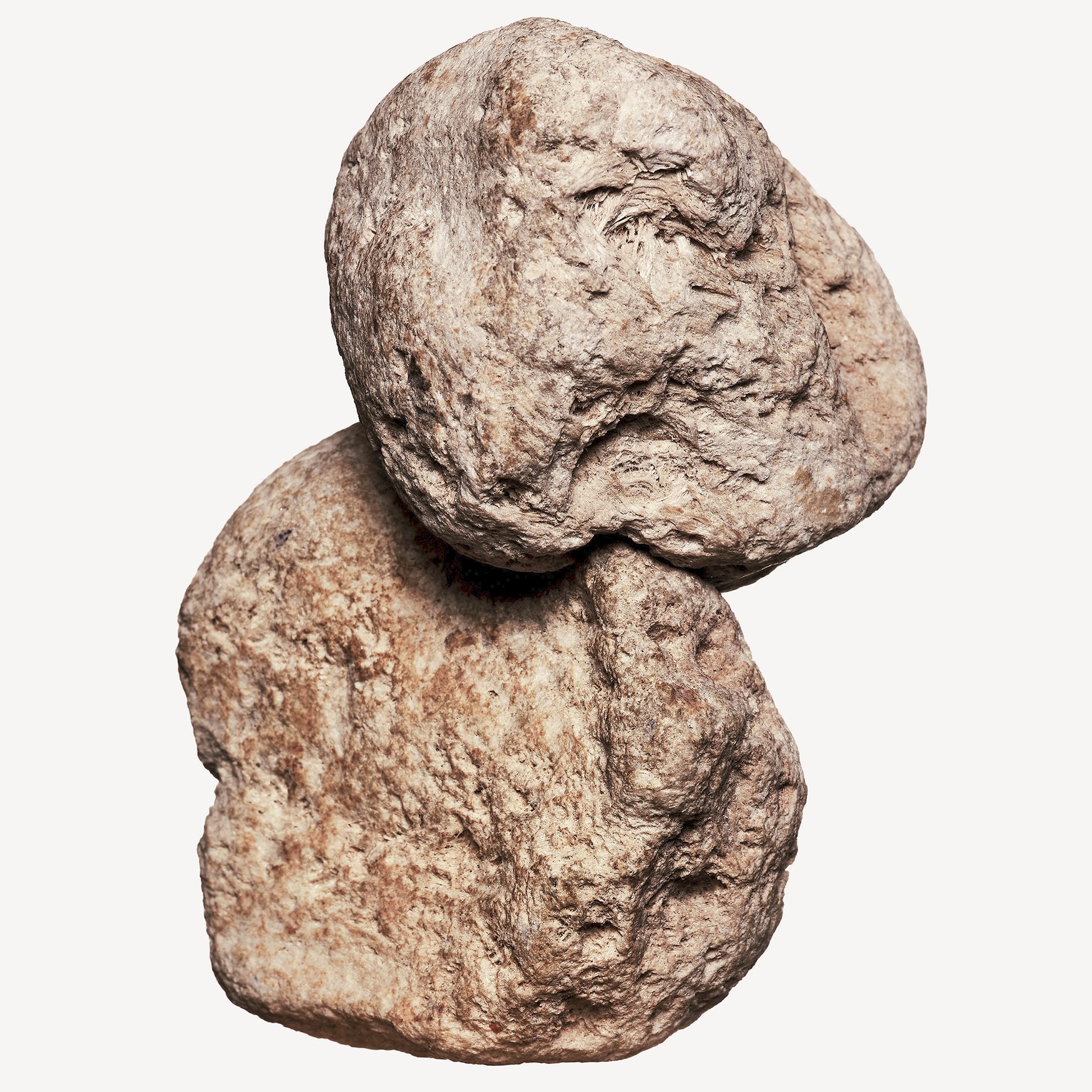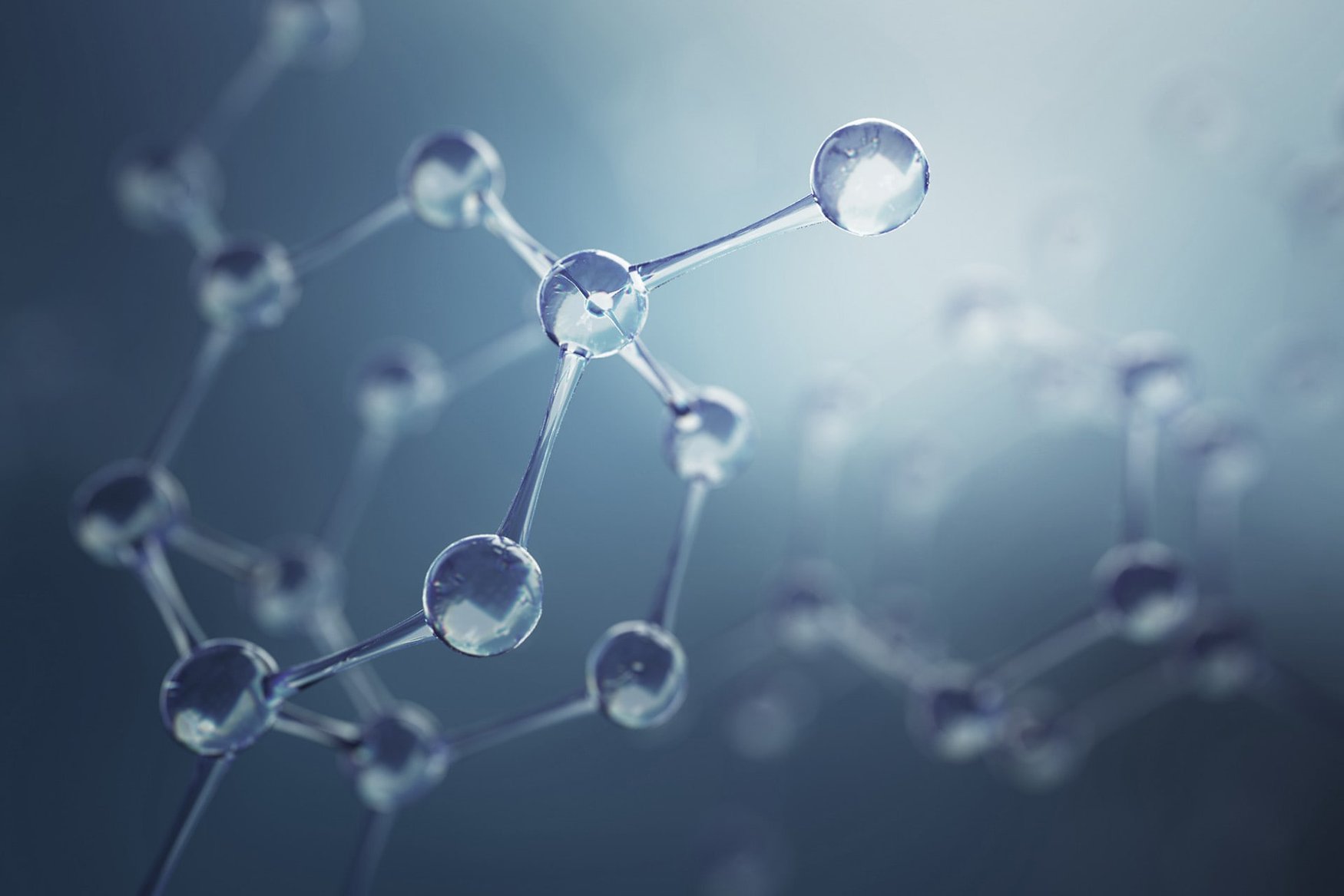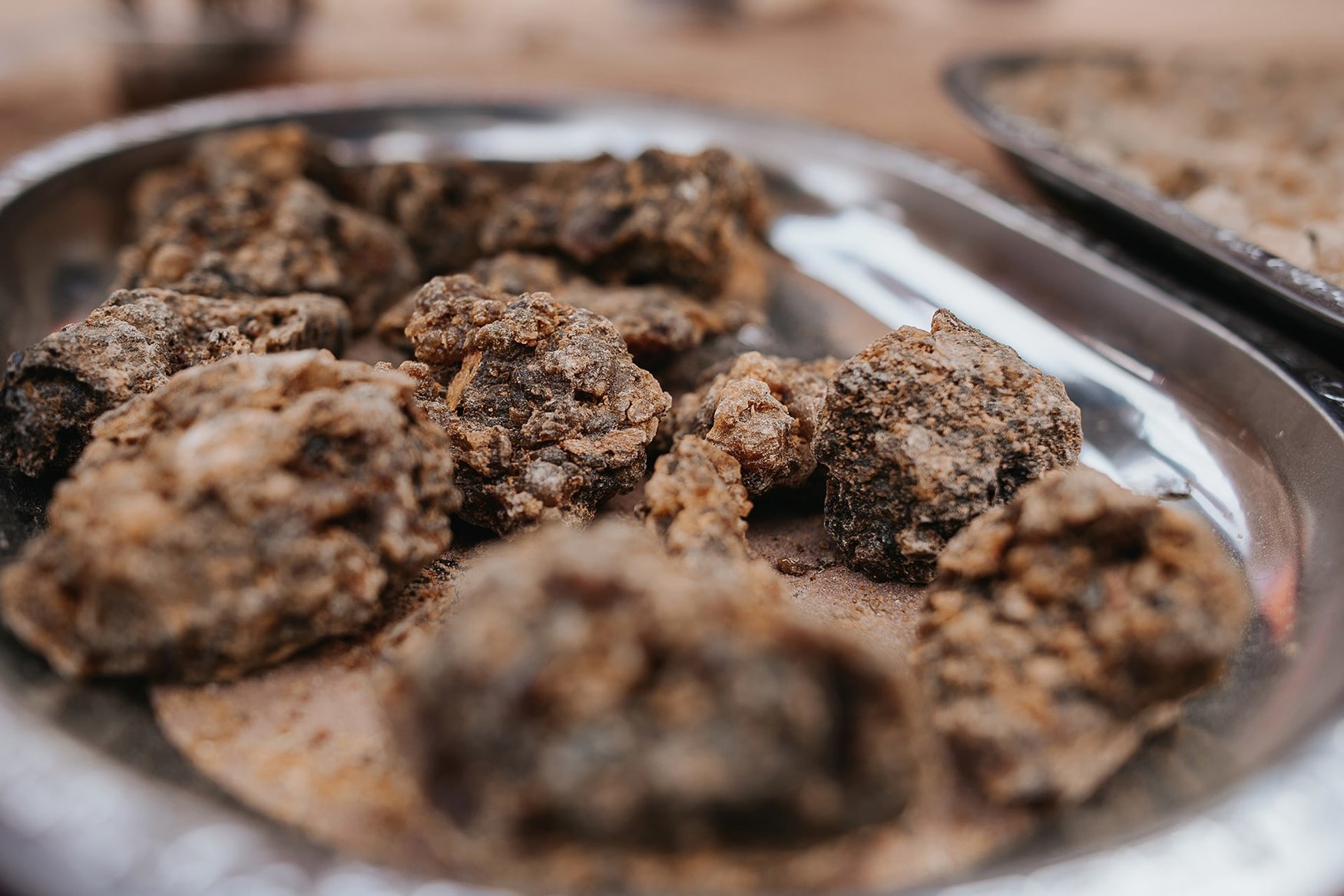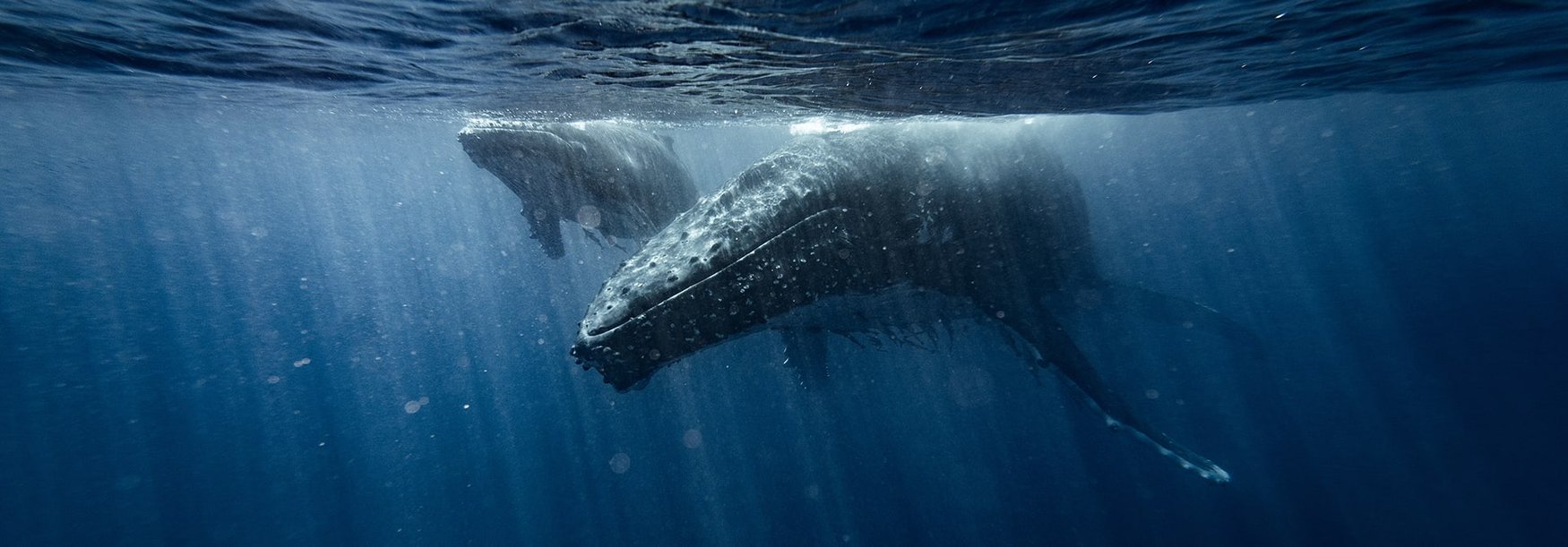Ambergris
Warm, pervasive, moss, animal note with tobacco, marine and powdery accents.
A surprising aphrodisiac, ambergris has been used as a quasi-love potion in fine perfumery for millennia. Its beguilingly erotic effect is matched by its ability to act as a unique fixative: giving volume and amplification to a fragrance, and softening or binding the delicate balance of aromas after a considered process of maceration in 96% alcohol. Nowadays, ambergris is often replaced by synthetic products (such as Ambroxan, Ambrox or Orcanox) due to its exceptionally high price tag and relative unreliability in terms of production, sourcing and accessibility.
Data sheet
- Type
- Extraction Method
- Used parts
- Natural raw material
- Maceration in 96% alcohol
- Intestinal secretion of sperm whales





